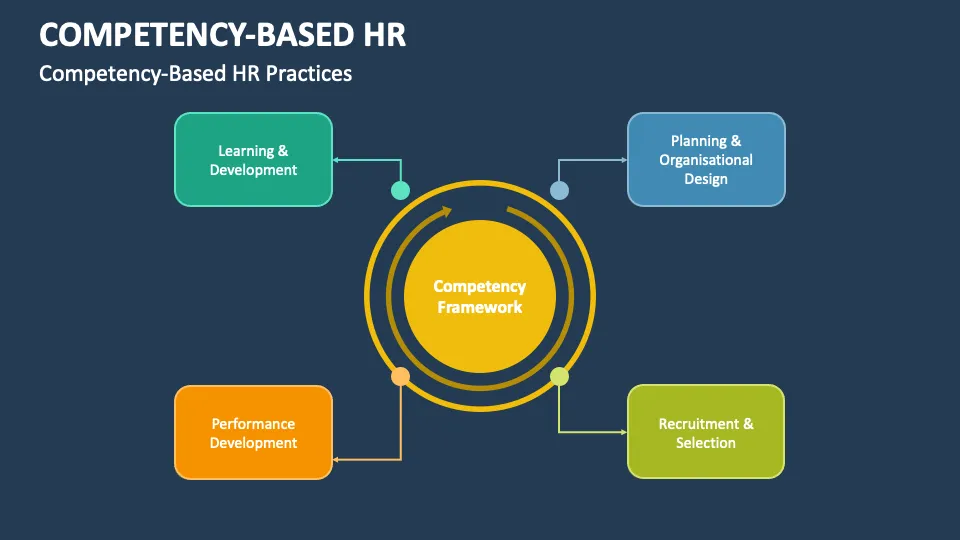Employee performance improvement plan (PIP) is a vital tool for enhancing employee productivity. It offers a structured approach to pinpoint areas needing improvement and sets clear, achievable goals.
By leveraging employee performance tools, a PIP ensures employees receive the necessary support and guidance to meet job expectations.
This article delves into the importance of a performance improvement plan, its benefits, and the key elements it should include.
Whether you’re an HR professional or a manager, understanding how to implement a PIP can significantly boost your team’s productivity and morale.
Is Employee Performance Improvement Plan Necessary?
Yes it is, an employee performance improvement plan is crucial for any organization aiming to uphold high performance standards.
A PIP serves as a formal process to address performance issues and provide employees with a clear path to improvement. It is not merely a tool for addressing underperformance but also a proactive measure to foster continuous development.
By setting specific, measurable goals, a PIP helps employees understand what is expected of them and how they can achieve it.
Moreover, it promotes open communication between managers and employees, ensuring that any performance gaps are addressed promptly and effectively.
Consequently, a well-implemented PIP can lead to increased job satisfaction, higher productivity, and a more engaged workforce. It also able to help your business tackle some performance management issues that could be causing of unstable productivity
What You Gain with Employee Performance Improvement Plan
Move along, there is actually a huge benefit you can achive by implementing good employee performance improvement plan. These are several of them:
Enhanced Performance
Sure it is a main goal. A PIP provides a clear roadmap for employees to improve their performance, leading to better job outcomes.
Employees gain a better understanding of their roles and responsibilities, which helps them focus on key areas that need improvement. As a result, they can work more efficiently and effectively, contributing to the overall success of the organization.
Increased Accountability
By setting specific goals and deadlines, employees are held accountable for their performance. This accountability encourages employees to take ownership of their work and strive to meet the established standards.
It also allows managers to track progress and provide timely feedback, ensuring that employees stay on track and make the necessary adjustments to achieve their goals.
Improved Communication
Regular check-ins and feedback sessions foster open communication between employees and managers. This ongoing dialogue helps to build trust and transparency within the team.
Employees feel more supported and valued, knowing that their managers are invested in their growth and development. Additionally, open communication helps to identify and address any issues or concerns early on, preventing them from escalating into larger problems.
Learn more: Creating HR Communication Template Strategy, Understand the Basics!
Major Things to Include in Performance Improvement Plan
Well, arrange PIP is quite a hassle if you didn’t watch properly the major points. We already prepared for you, these are important things that should included when creating employee performance improvement plan. You can use it as template on PPT or slides:

Clear Objectives
- Specific Goals: Clearly define what the employee needs to achieve. These goals should be precise and directly related to the areas needing improvement.
Detailed Action Plan
- Steps for Improvement: Outline the specific actions the employee needs to take to meet the objectives. This could include additional training, mentorship, or changes in work habits.
- Resources and Support: Provide the necessary tools, resources, and support to help the employee succeed. This might involve access to training programs, coaching sessions, or relevant materials.
Timeline
- Deadlines: Set realistic deadlines for achieving each goal. This ensures that the employee has a clear timeframe within which to work.
- Check-in Dates: Schedule regular meetings to review progress. These check-ins help keep the employee on track and allow for adjustments if needed.
Consequences and Outcomes
- Potential Consequences: Clearly state what will happen if the goals are not met. This could include further training, reassignment, or other actions.
- Positive Outcomes: Highlight the benefits of meeting the objectives, such as career advancement, recognition, or other rewards.
Documentation
- Performance Issues: Document the specific performance issues that led to the PIP. This provides a clear starting point and helps in tracking progress.
- Progress Tracking: Keep detailed records of the employee’s progress and feedback. This documentation is essential for evaluating the effectiveness of the PIP.
Communication
- Open Dialogue: Encourage open communication between the employee and their supervisor. This fosters a supportive environment where the employee feels comfortable discussing challenges and seeking help.
- Feedback Mechanism: Provide a way for the employee to give feedback on the PIP process. This ensures that the plan is working effectively and allows for any necessary adjustments.
Including these elements in a PIP ensures that it is clear, actionable, and supportive, helping the employee improve their performance effectively
That’s it. Implementing an employee performance improvement plan can significantly enhance your team’s performance and morale.
You can easily download a template for an employee improvement plan and strategy from our website, hr management slides. Using a ready-to-use template saves time and ensures that all essential elements are included, making the process more efficient and effective.









